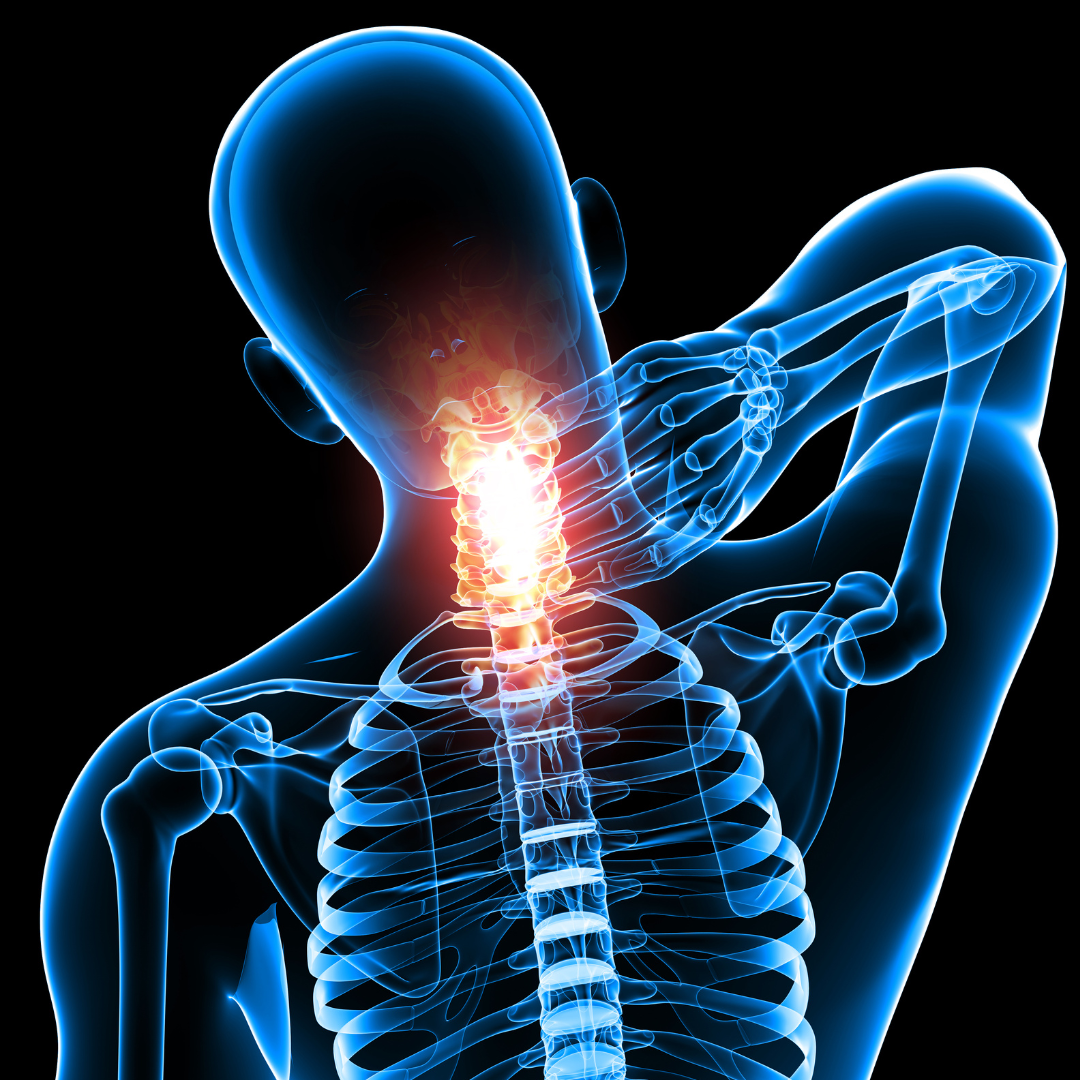Supporting Recovery from Cervical Radiculopathy
Patrick Ho, Physiotherapist
Cervical radiculopathy, often called a “pinched nerve,” happens when a nerve in the neck is irritated or squeezed. This can lead to pain, tingling, numbness, or weakness in the neck, shoulder, arm, or hand. The good news is that most people feel a lot better within 4 to 6 months with non-surgical treatment, and many keep feeling good for years (Kang et al., 2020). Still, getting the right diagnosis and a care plan from qualified health professionals is important for the best recovery.
Diagnosis
Figure A - Potential causes of cervical radiculopathy
https://www.cervicaldisc.com/blog/cervical-radiculopathy-causes-symptoms-and-treatment
To confirm this condition, health professionals rely on your health history, a physical check-up, and scans. People with cervical radiculopathy usually have pain on one side of the neck that spreads down the arm. Other common signs include numbness, tingling, weaker muscles, or reduced reflexes. A review found that arm pain was seen in nearly all cases (97–99%), numbness or tingling in most (85–91%), and reflex problems in many (71–84%) (Kang et al., 2020).
Certain physical tests can help find out if a nerve is being compressed. One commonly used test is the Spurling test, which puts gentle pressure on the head while the neck is turned. Others include the shoulder abduction test, neck distraction test, and the upper limb tension test. Scans, especially MRIs, are helpful for seeing nerve problems more clearly than X-rays. In some cases, a test called electromyography (EMG) is also used alongside MRI to confirm the diagnosis (Kim H et al., 2016).
Treatment
Most people do well without surgery. In fact, about 90% of people get great results from non-surgical treatment (Saal JS et al., 1996). This usually includes physiotherapy, medication, and sometimes steroid injections.
Figure B - Prescription of a scapulothoracic exercise
Physiotherapy plays a big role in recovery. Exercises to strengthen the neck, shoulder, and upper back can ease pain and improve movement. A Cochrane review found that these types of exercises helped both right after treatment and in the short term (Gross et al., 2017).
Doctors may also recommend medications like anti-inflammatory drugs (NSAIDs) or muscle relaxants to help with short-term pain. If symptoms continue, short courses of oral steroids may help reduce swelling, though they aren’t used long-term (Childress et al., 2017). If symptoms haven’t improved after 6 weeks, doctors might suggest a steroid injection near the nerve to ease swelling and pain (Childress et al., 2017).
Cervical radiculopathy can seriously affect day-to-day life. But with the right care, many people recover well without needing surgery. At Advance Healthcare, our team-based approach can guide you through the process and help you manage your pain. Contact info@advancehealthcare.com.au to learn more.
References
Kang, K. et al. (2020). Cervical Radiculopathy: Focus on Characteristics and Differential Diagnosis, 921-930
Kim, H. et al. (2016). Cervical Radiculopathy: Diagnosis and Management. Musculoskeletal Med, 9:272-280
Saal JS et al. (1996) Nonoperative management of herniated cervical intervertebral disc with radiculopathy. Spine, 21:1877–83.
Gross et al. (2017). Exercises for Mechanical Neck Disorders. Cochrane Database of Systematic Reviews, 5(1), CD004250.
Childress, M. et al. (2016). Nonoperative Management of Cervical Radiculopathy: A Review. American Family Physician, 94(9), 746-752.
Patrick graduated from the University of Melbourne with a Doctor of Physiotherapy, as well as completing a Bachelor of Science (Honours) prior. Patrick believes in taking a personalised approach and collaborative goal setting to implement tailored treatment plans. He is passionate on exploring the latest evidence-based research for helping patients with chronic pain.




